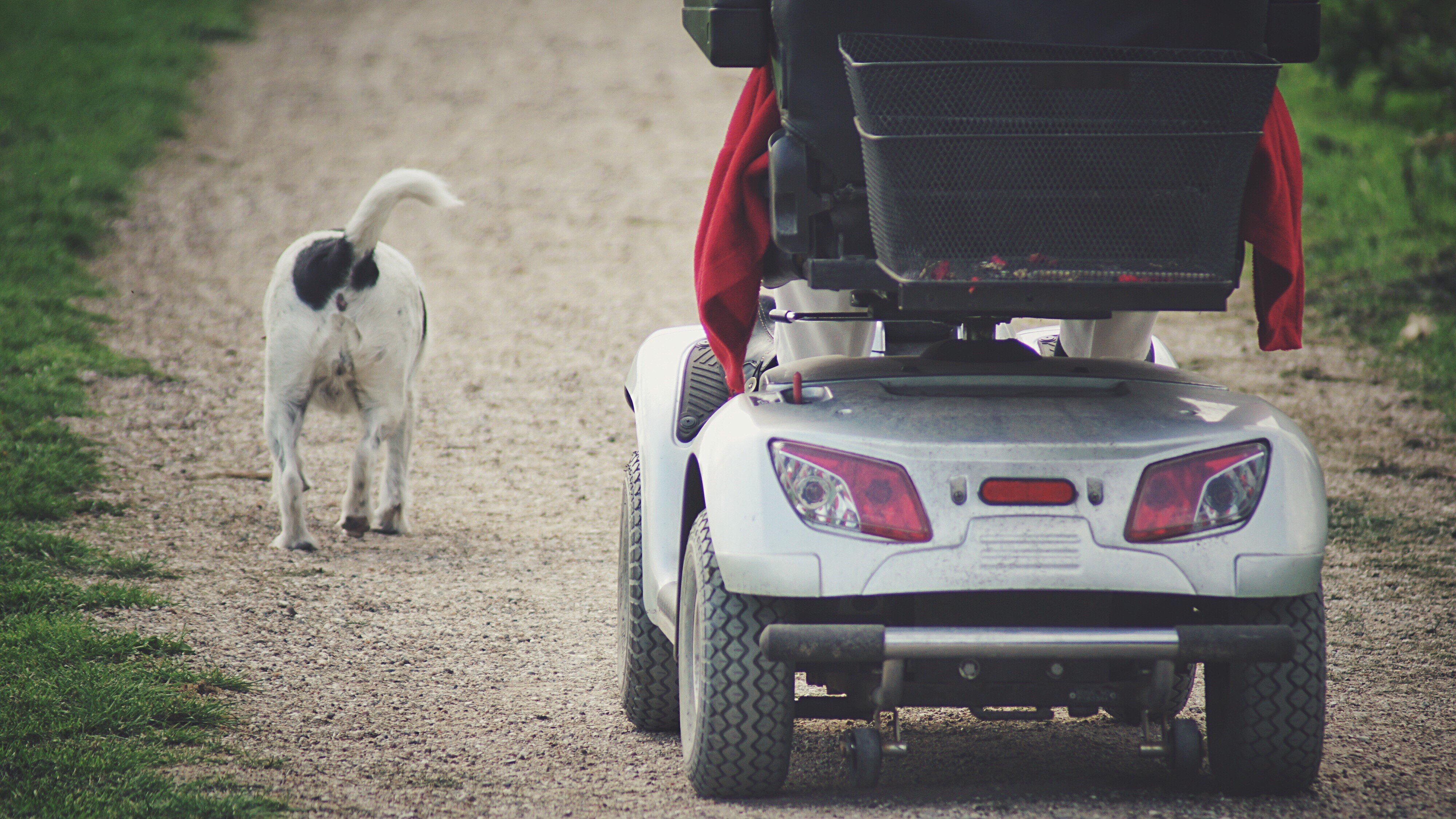10 Real Reasons People Dislike Mobility Scooter Mobility Scooter

A Comprehensive Guide to Buying a Mobility Scooter
Mobility scooters have become an essential tool for many individuals looking to boost their independence and mobility. With a huge variety of models and functions offered, choosing the best mobility scooter can be intimidating. This post offers a helpful guide to help consumers navigate their choices, examine their needs, and make a notified purchase.
Comprehending Mobility Scooters
Mobility scooters are electric lorries designed for people who experience mobility obstacles. They are especially advantageous for elders, those with impairments, or people recuperating from injuries. Mobility scooters can vary extensively in regards to design, features, and pricing.
Kinds Of Mobility Scooters
Before starting a purchase, it's necessary to understand the different types of mobility scooters readily available:
Three-Wheel Scooters:
- Generally more maneuverable in tight spaces
- Lightweight and portable
- Perfect for indoor use
Four-Wheel Scooters:
- Offer higher stability and balance
- Appropriate for outdoor usage over various surfaces
- Usually have a longer battery life
Foldable/Portable Scooters:
- Designed to be easily transported and saved
- Can often fit in the trunk of a vehicle
- Suitable for those who take a trip frequently
Sturdy Scooters:
- Built to accommodate bigger individuals
- Typically come with more robust features for outdoor usage
- Generally equipped with bigger batteries for prolonged range
Elements to Consider When Buying a Mobility Scooter
1. Weight Capacity
Select a mobility scooter that can support the user's weight. Most scooters have a weight limit ranging from 250 to 500 pounds. haydeesaous.top is vital to make sure that the scooter can accommodate the user comfortably.
2. Range and Battery Life
The range is how far the mobility scooter can take a trip on a single charge. Common varieties vary between 10 to 30 miles. Think about the user's day-to-day activities and select a scooter with an ideal variety.
3. Scooter Dimensions
Think about the size of the scooter, including its weight and dimensions. A more compact scooter might be ideal for narrow hallways and tight areas, while bigger designs provide extra stability and convenience.
4. Terrain Capability
Examine where the scooter will primarily be used. If the user plans to take a trip mostly on pavement, a lightweight design might be sufficient. Nevertheless, if the user needs to traverse gravel or irregular surfaces, think about a four-wheel scooter built for off-road use.
Leading Features to Look For
Comfort
- Adjustable Seats: Look for scooters with cushioned and height-adjustable seats to guarantee convenience throughout travel.
- Armrests: These improve safety and support while navigating.
Security and Visibility
- Headlights and Taillights: Essential for nighttime use.
- Turn Signals and Reflectors: Improve presence and security while on the roadway.
User-Friendly Controls
- Joystick or Drive Controls: These should be intuitive and simple to manipulate.
- Easy-to-Read Displays: A control board that reveals battery life, speed, and range can enhance the user experience.
Additional Features
- Storage Compartments: These use added convenience for carrying individual products while on the go.
- Weather condition Protection: Consider models with rain covers or windscreens if utilized in variable weather condition conditions.
Cost Considerations
When budgeting for a mobility scooter, rates can vary anywhere from ₤ 500 to over ₤ 5,000 depending upon the model, features, and brand. Extra costs might include:
- Extended Warranty: Protects against flaws and can conserve money in the long run.
- Devices: Optional features, such as upgraded seats, lights, or storage options.
| Feature | Expense Range |
|---|---|
| Standard Models | ₤ 500 - ₤ 1,500 |
| Mid-Range Models | ₤ 1,500 - ₤ 3,000 |
| High-End Models | ₤ 3,000 - ₤ 5,000 |
Financing Options
Lots of sellers provide financing strategies, and some regional federal government efforts may supply grants or support for those in need. Investigate possible monetary assistance with neighborhood resources or mobility service companies.
Frequently asked questions about Buying a Mobility Scooter
What is the distinction between a mobility scooter and a wheelchair?
Mobility scooters are motorized and allow users to navigate independently, while wheelchairs may require physical help or manual operation.
How do I preserve a mobility scooter?
Regular upkeep includes examining battery life, cleaning up the scooter, and inspecting tires and brakes. Always describe the user handbook for particular guidelines.
Can mobility scooters be utilized inside your home?
Yes, numerous designs are developed for both indoor and outdoor usage. However, three-wheel scooters tend to be much better matched for indoor navigation due to their tighter turning radius.
Are mobility scooters covered by insurance coverage?
Some insurance prepares cover a part of the expenses for mobility scooters if they are considered clinically needed. Contact your service provider for specific information.
How quickly can a mobility scooter go?
A lot of mobility scooters have an optimal speed ranging from 4 to 8 miles per hour. Nevertheless, the appropriate speed might differ depending on local guidelines.
Getting a mobility scooter can considerably boost one's independence and lifestyle. By understanding the types, functions, and expenses connected with mobility scooters, potential buyers can make well-informed choices that suit their requirements and choices. Personalization and extensive research are essential to making sure complete satisfaction with this essential financial investment.

